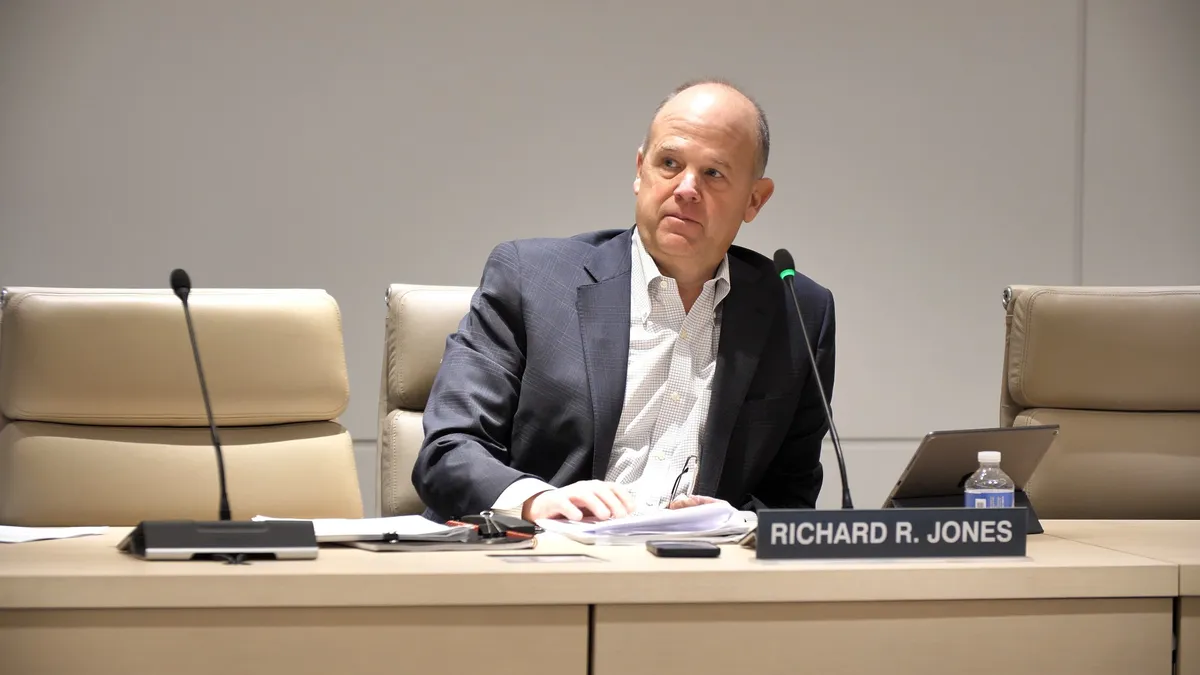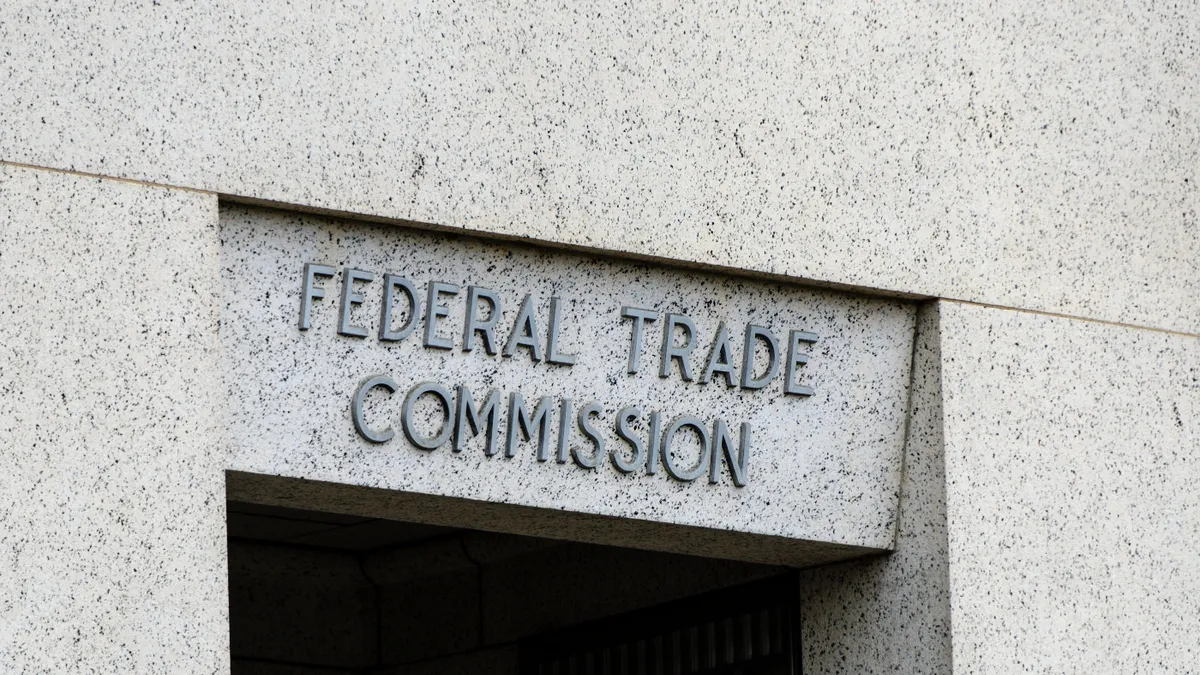The pandemic is far from over, but for CFOs 2022 is shaping up to be the year of inflation.
Even though the coronavirus remains a concern — especially given the high transmissibility of the omicron variant — executives have had 18 months to get their remote and on-site work processes right. That will help them deal with any potential setbacks as the pandemic moves into its second year.
At the same time, executives confront the novel challenge of managing high inflation after decades of low price increases.
It’s impossible to know whether prices will push into the nightmare territory executives faced in the 1980s, when mortgage interest rates soared to 18%. But few issues that CFOs can expect to deal with in 2022, from pricing goods and services to setting wages and salaries to managing taxes, will be addressed without the specter of inflation hanging over them.
Against this backdrop, here’s a look at the top five CFO trends expected in 2022.
Inflation
In December 2020, Federal Reserve governors and district bank presidents predicted that their preferred measure of inflation — the core personal consumption expenditures price index (PCE) — would rise 1.8% during 2021.
It was not the Fed’s finest moment in forecasting. The Labor Department reported last month that core PCE in November hit 4.7% compared with 12 months before.
The Fed’s miss, and other signs of surging inflation, pose some hard questions for CFOs at the start of 2022:
- How much should they increase prices and pass on to consumers the 9.6% gain in the producer price index during the 12 months through November, the biggest gain since the data series began in 2010?
- How much should they raise wages, taking into account the need to attract and retain employees who faced a 6.8% jump in the consumer price index (CPI) during the 12 months through November — the largest jump in 39 years?
The way CFOs answer these questions will shape profit growth in the new year.
All eyes will be on the central bank. Fed Chair Jerome Powell dropped the label “transitory” last month when describing inflation during testimony to the Senate Banking Committee, noting that price gains could remain high through next summer.
The Fed on Dec. 15, falling in line with prior signaling by Powell, sped up its tapering of monthly bond purchases, putting such quantitative easing on track to end in March, or three months earlier than the Fed had planned.
Faster tightening suggests that the central bank may move as early as June to slow inflation by raising the benchmark interest rate from a record, near-zero low, according to Moody’s Analytics.
Fed policymakers in the next few months may feel the heat from even greater price gains, particularly in “core” CPI, which excludes food and energy prices, according to Ian Shepherdson, chief economist at Pantheon Macroeconomics. Core CPI may rise to as high as 7% in February or March, he said.
“Media coverage tends to focus on the headline rate, but a near-two-percentage point jump in the core rate over the next few months will not pass unnoticed,” he said.
CFOs especially would notice such a surge in prices and may do well to brace themselves — and adjust their 2022 scenario planning — for such a possibility
War for talent
CFOs at the start of the pandemic needed to focus on employee safety.
Now, amid a pandemic-induced labor shortage, CFOs need to focus on employee retention as well.
Attracting and retaining employees — otherwise known as the “war for talent” — vaulted to the No. 2 ranking of business risks for 2022 and the next decade from No. 8 a year ago, according to a global survey of 1,453 C-suite executives and board members by Protiviti and North Carolina State University. (Leading the list of risks for 2022 is the impact on business from pandemic-related government policy).
Workers perusing job listings can be choosy. During October, 7.4 million workers were unemployed while job openings rose to 11 million from 10.6 million in September, the Labor Department said in December.
The quits rate, or the number of workers who left their jobs as a percent of total employment, rose from 2.3% in January to 3% in November, the highest level in data going back to 2000, the Labor Department said. The quits rate hit 3% in September as well.
Many workers are switching employers to boost their wages and buffer against the 6.8% gain in the CPI during the 12 months through November.
CFOs have responded to workers’ newfound leverage on compensation, and to pay increases by their rival companies. Hourly private sector wages rose 4.8% in November from 12 months before, the Labor Department said.
Looking ahead, CFOs have budgeted 3.9% wage increases for 2022 — the biggest jump since 2008, according to a survey by the Conference Board.
Grant Thornton surveyed 551 human resources leaders and found that companies plan merit increases in salary averaging 5%.
“A majority of survey respondents believe that the war for talent will last more than a year, and it appears that cash will be a major incentive of choice,” according to Tim Glowa, a principal at Grant Thornton focused on human capital services.
Usage-based pricing
For the past decade or so, subscriptions have been the go-to pricing model for software-as-a-service (SaaS) companies, but that’s changing as companies transition to a usage-based pricing model. The reason for the switch is economic: by letting customers pay based on what they use, companies stand to generate more revenue from heavy users while encouraging those who use less to stay on by lowering what they pay.
“There is an appetite for usage-based pricing, and we expect this to continue to accelerate in the coming months,” says Kyle Poyar, operating partner at OpenView, a venture capital firm.
Some 45% of SaaS companies include some form of usage pricing now, up from 34% last year, a 32% increase, an OpenView survey shows.
Chitra Balasubramanian, CFO of tech company CircleCI, oversaw extensive modeling by her finance team in preparation for her company’s move from subscription to usage pricing. The result has been good, she said. The company’s customers like the linkage between how much they use and how much they pay.
“The subscription in the earlier model was a little bit more like shelfware,” she said. “You’re paying for it, whether you use it or not.”
Corporate inversions
There was concern earlier in the year over the Biden Administration’s proposal to raise the corporate tax rate from 21% to 28%, taking it partly back to the 35% rate it was before the 2017 tax cut. One of the concerns was that a higher rate could spur corporate inversions — a tactic of companies to lower their taxes by arranging to be acquired by a partner in a low-tax country like Ireland.
Although talk of corporate inversions subsided once Congress left the corporate tax hike out of the administration’s Build Back Better bill, the risk that companies might look for a foreign buyer is still there, in part because of proposed lower deductions on global intangible low-taxed income (GILTI). House-passed legislation would raise taxes by reducing the GILTI deduction from 50% to 28.5%, resulting in an effective GILTI tax rate, once the 21% corporate rate is factored in, of 15%, up from 10.5% today.
That leaves the inversion risk still there. “Any increase to the GILTI rate would impact the ability for American-headquartered companies to compete with their foreign competitors who are not subject to a similar tax in their home jurisdictions,” according to a Center Forward analysis. “It would likely have the unintended consequence of reducing employment in the U.S. by returning to the days of corporate inversions.”
Clawbacks
The Securities and Exchange Commission earlier this year dusted off a 2015 policy requiring companies that make restatements to their financial reports to claw back any performance-based executive compensation that resulted from incorrect numbers. Prior to bringing back the policy, the SEC only required clawbacks when restatements were the result of misconduct.
The SEC move comes at a time when companies are getting serious about clawbacks. More than 2,000 of some 5,500 publicly listed companies in the U.S have clawback provisions in their governing documents. That’s up from about 1,300 three years ago and fewer than 1,000 in 2015.
Given this climate, more clawbacks are expected in the years ahead — or at least fewer material restatements.
“To the extent there are companies on the margins that want to push the envelope, this proposal would likely be an incentive for them to not issue a restatement when they otherwise might have,” Susan Schroeder, a partner with the law firm Wilmer Cutler, told The Wall Street Journal.
Or they might issue restatements but they’re more likely to be below the threshold for triggering an SEC review. Either way, the new climate will have CFOs thinking about restatements and clawbacks much more than they would have just a year or so ago.


















